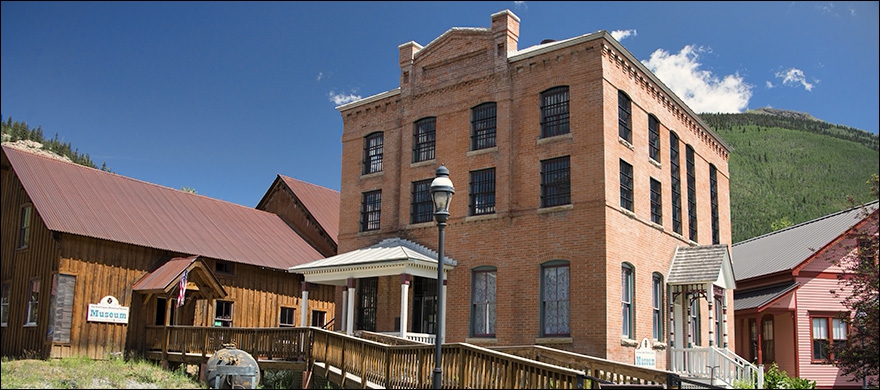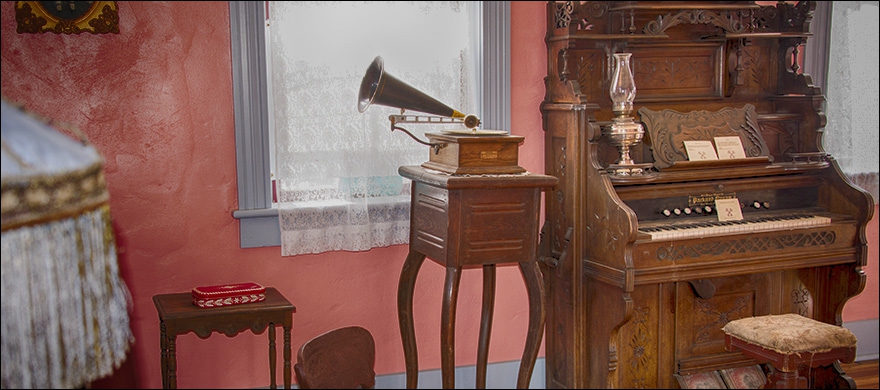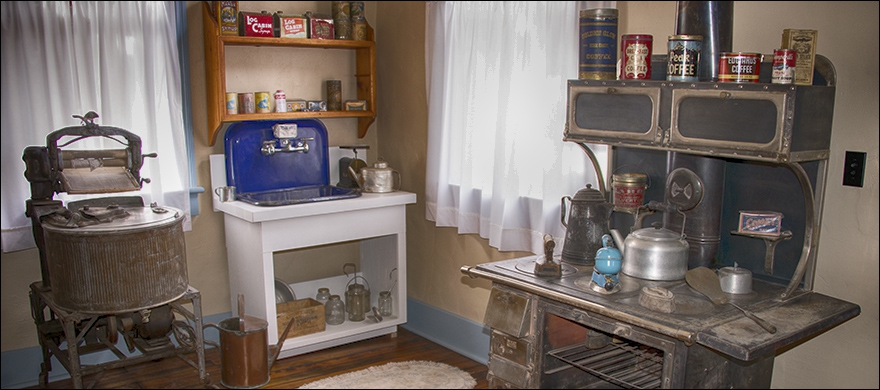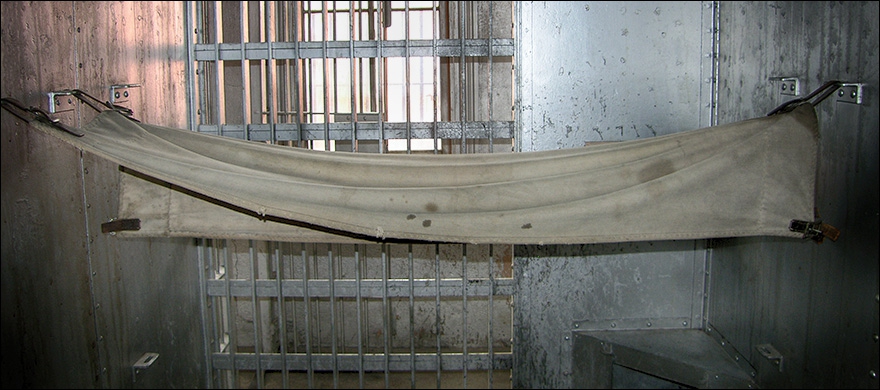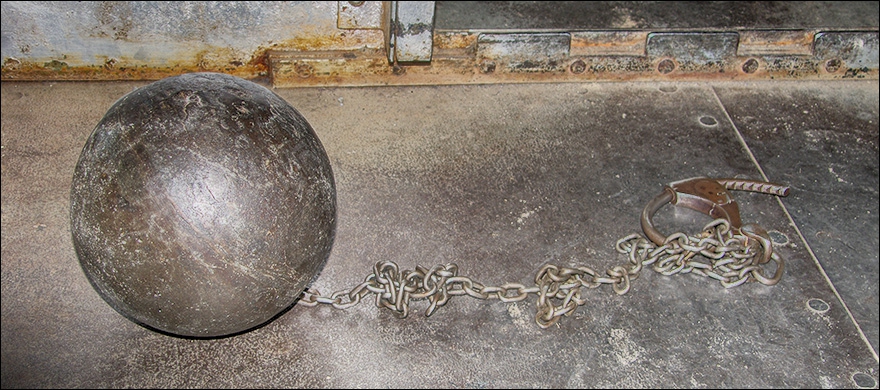

Not unlike the many hundreds of mining boom towns throughout the west of the mid 1800's, Silverton had a growing need for proper law enforcement. During the years between 1874 and 1902, five jails were constructed as the city evolved. Four were "City Jails", while this facility was the County Jail and was used for the more hardened criminals.
The first jail was a one room cell built of logs from native timber, the second jail was made from mortared stone. Later, a wooden plank structure of 2x4 lumber laid flat, nailed plank to plank with dovetail like corners became home for incarcerates. Finally, in 1902 this two story "state-of-the-art" escape and fire proof brick jail was built at a cost $12,175. This imposing structure is now part of our Museum complex.
Numerous past escapes and the growing need for more comprehensive law enforcement justified the construction of this jail. The brick and limestone facility contains the main cell block on the second floor and two cells on the main floor for women or "insane" prisoners. The Pauly Jail Building Company, located in Noblesville, Indiana, designed and constructed the cell blocks, iron work and security doors. The entire "jail kit" was delivered to Silverton by train. The four steel prison cells contained as many as six canvas hammocks per cell and would make for very crowded conditions at times.
The first prisoner to occupy the new jail was Andy Johnson, a thirty-eight year old male, found guilty of burglary and sentenced to five months and twenty six days in November of 1903. His attempted escape was reported as foiled. The last recorded escape from the earlier stone jail was on April 26, 1902. There were no more jail escapes in Silverton.
During the 1880's, wooden jails were constructed in other small mining communities throughout San Juan County. They were mainly used as holding cells until the prisoners could be transported to nearby Silverton, the County Seat. Many of these jails held prisoners but had no on-site supervision. The prisoners were checked on at meals and at "lights out", making it easy for them to plan and implement escapes. The remains of those wooden jails can still be seen at Animas Forks and Red Mountain City. Silverton's last City Jail, which remains intact today, was built in the Silverton Town Hall.

